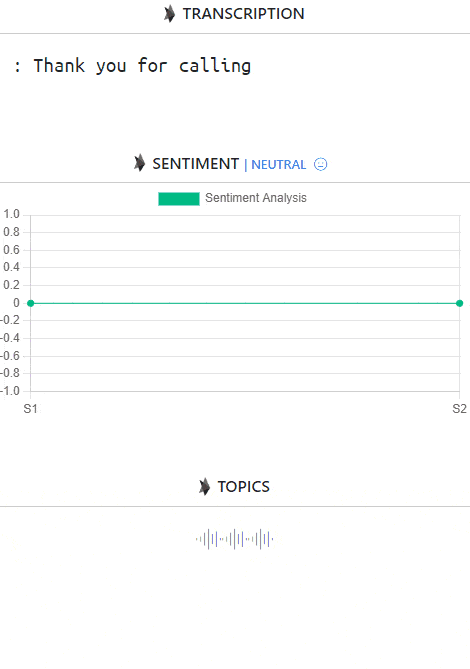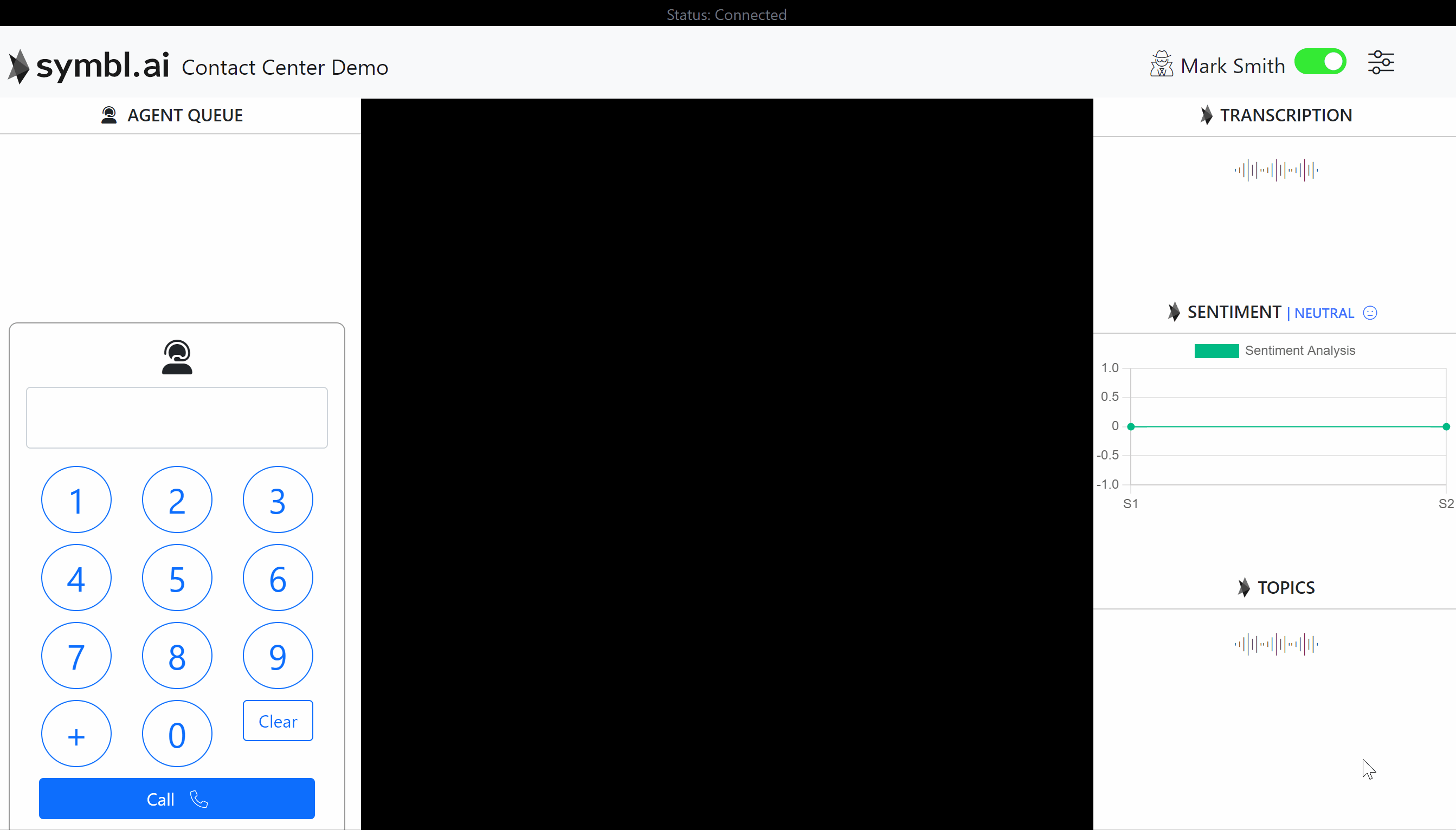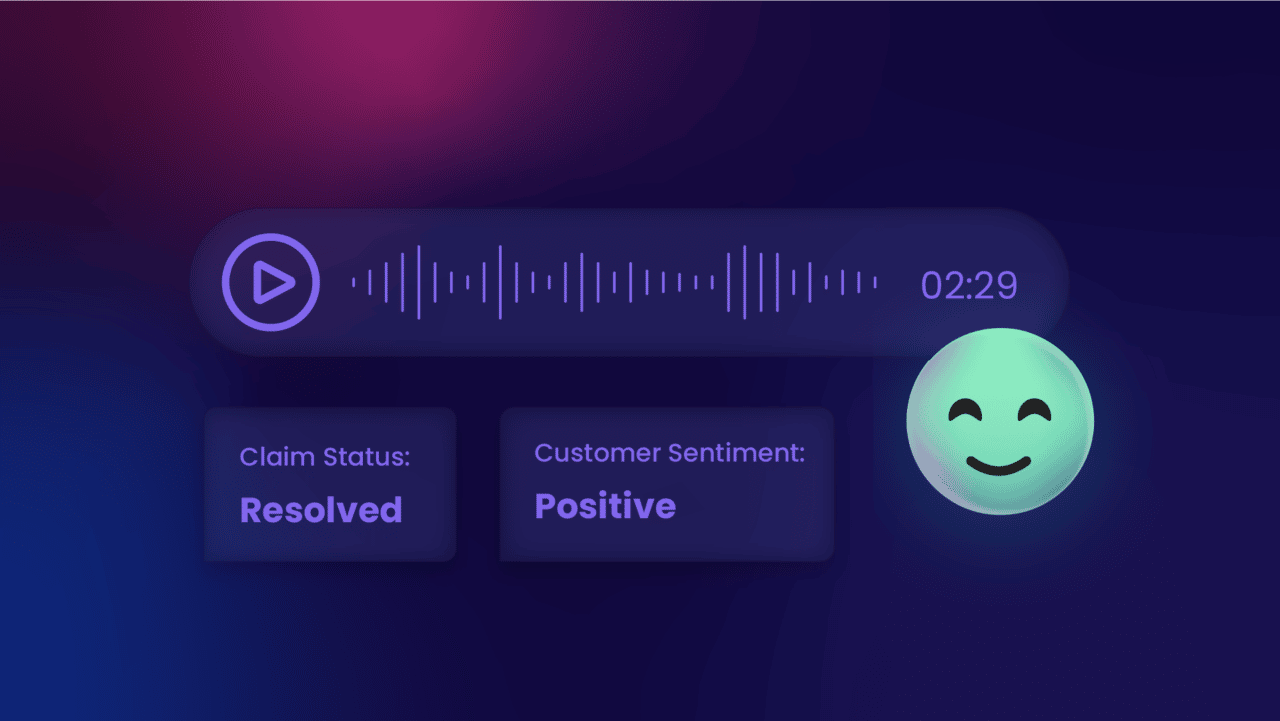As customer service and sales leaders, your top priority is to provide a seamless and personalized experience for your customers and prospects. However, it can be challenging to understand their emotions and sentiments during real-time conversations, as well as over time as they continuously engage with your company. This is especially true when you’re primarily engaging with them through digital channels and meeting platforms. Fortunately, sentiment analysis powered by natural language processing and generative AI can help you better understand and engage with your customers to optimize your conversation performance, accelerate sales velocity, and create better customer experiences.
What is Sentiment Analysis?
Sentiment analysis, also known as opinion mining, is the process of analyzing and identifying the emotions and attitudes of customers towards a product, service, or brand. This analysis is performed using natural language processing (NLP) and generative AI techniques that help machines understand human language and its nuances. Sentiment analysis is widely used by businesses to gain insights into customer service and sales interactions, as well as for customer feedback.

Improve Engagement and Outcomes
1. Understanding Customer Emotions
Sentiment analysis can help you understand the emotions of your customers during conversations. By analyzing the tone, volume and language used by customers, you can identify whether the customer is happy, frustrated, or angry. You can deliver this insight to your contact center agents and salespeople in real-time to tailor your response and tone to better match the customer’s emotions, resulting in a more positive experience.
2. Improving Response Times
Sentiment analysis can also help you improve your response times for critical interactions. By analyzing the sentiment of customer conversations, sentiment analysis tools can identify urgent or critical issues that require immediate attention. This insight can help you prioritize your responses and ensure that you are addressing the most important issues first, such as a product defect.
3. Personalizing Customer Experience
Sentiment analysis can help you personalize the customer experience by understanding the emotions and preferences of your customers, especially during contact center interactions. By analyzing the sentiment of customer service calls, today’s tools can identify the customer’s interests, preferences, and pain points. This insight can help you tailor responses and recommendations to better match the customer’s needs, resulting in a more personalized experience.
4. Improving Customer Retention
Sentiment analysis can help you improve customer retention by identifying and addressing the underlying causes of customer dissatisfaction. By analyzing the sentiments of customer messages, businesses can identify common issues and trends that are causing customers to leave. This insight can help you take proactive measures to improve customer satisfaction and loyalty.
5. Improving Sales Results
By analyzing the sentiment of sales outreach and conversations, sales leaders can gain deep insights into customer preferences, pain points, and emotions, as well as the performance of their salespeople. This can help sales teams tailor their approach to each customer, building stronger relationships and increasing the likelihood of closing deals. Sentiment analysis can also help sales leaders identify patterns in customer sentiment over time, allowing them to make data-driven decisions about sales strategy and tactics. Ultimately, sentiment analysis can help sales teams create more effective and personalized conversations, leading to increased customer satisfaction and improved sales results.
How Symbl.ai Sentiment Analysis Works
Symbl.ai’s uses natural language processing (NLP) techniques to analyze text and identify the emotions and attitudes expressed by customers. Symbl.ai’s sentiment analysis model is designed to handle the complexities of human language and can accurately identify the sentiment of human conversations with high accuracy.
The model is based on a deep learning architecture that uses a combination of recurrent neural networks (RNNs) and convolutional neural networks (CNNs) to process text. The model is trained on a large corpus of text data, which allows it to identify patterns and correlations between language and sentiment.
Once the sentiment analysis model has analyzed the text, it generates a sentiment score for each sentence or phrase. The sentiment score is a number between 0 and 1, where 0 represents a negative sentiment and 1 represents a positive sentiment. Symbl.ai’s sentiment analysis also provides a confidence score for each sentiment score, which indicates the level of confidence that the model has in its prediction.
In the contact center interaction example below, Symbl.ai enables real-time sentiment during the call to assist the agent in managing the conversation – in this case checking delivery status and cancelling an order. Then the overall sentiment analysis is delivered along with additional interaction intelligence post call, including a summary, key topics, questions, action items and follow ups.

Symbl.ai provides a powerful tool for businesses that want to gain insights into customer emotions and attitudes during sales and customer service conversations. By leveraging the latest NLP and deep learning techniques, Symbl.ai can help businesses create more personalized and engaging customer experiences that help increase sales and drive customer loyalty and retention.
Conclusion
Sentiment analysis is a rapidly evolving field, and Symbl.ai is hard at work developing breakthrough solutions that can help businesses leverage its power for sales and customer service conversations. With Symbl.ai’s advanced sentiment analysis capabilities, you can gain deeper insights into customer emotions and attitudes, and use these insights to create more personalized and engaging conversations to achieve better outcomes – in real-time and over time.
So why wait? Contact us today to learn how we can help you unlock the full potential of sentiment analysis for your business.
